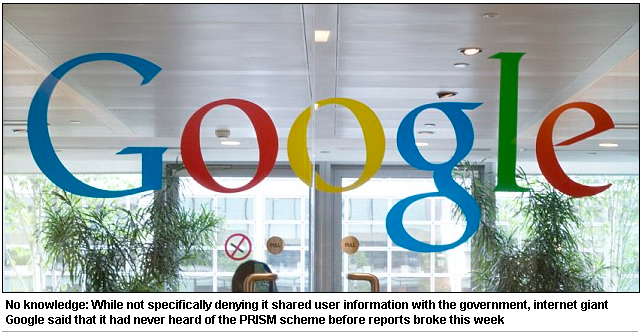Small Business
Gen Z and Millennials Obsessed with Digital Footprint
One of the most visible differences today is the way we communicate, as Gen Zers appear to live by the mantra, “if you can’t say it in 140 characters or less, don’t say it at all.” According to the survey, Generation Z is significantly more likely ...
Aug. 28, 2017

Digital natives’ obsession with technology is set to change the world as we know it. A new survey shows they are so concerned with their digital footprint, the majority (54 percent) of millennials and Generation Z (ages 13-17) are Googling themselves regularly, with 10 percent self-searching on a daily basis.
Furthermore, Gen Zers would give up daily “must-haves” to remain connected to their mobile device for the day, including television (80 percent), tablets (78 percent) and gaming systems (64 percent). Nearly one-third would even give up their friends or money (28 percent).
These findings are from the latest Bank of America Trends in Consumer Mobility Report, which explores timely mobile trends and forward-looking consumer behaviors that increasingly impact our everyday lives. For the first time, the survey includes today’s youngest generation – Generation Z – to better understand the future of mobile and the next era of banking.
One of the most visible differences today is the way we communicate, as Gen Zers appear to live by the mantra, “if you can’t say it in 140 characters or less, don’t say it at all.” According to the survey, Generation Z is significantly more likely than their older counterparts to use emojis (95 percent, compared to 79 percent), social media (88 percent, compared to 77 percent), acronyms (87 percent, compared to 69 percent) and even selfies (81 percent, compared to 45 percent) to converse with others.
“As a parent of two digital natives, I personally see the changing dynamic every day,” said Michelle Moore, head of digital banking at Bank of America. “We use these insights to shape our mobile offerings at Bank of America, innovating beyond our four walls and anticipating the ever-evolving wants and needs of all our 23 million mobile customers – from Gen Zers to seniors – to ultimately develop solutions they never imagined possible.”
Parenting in the digital age
These changing communications and “social norms” also appear to influence the way parents interact with these digital natives. While 48 percent of parents say mobile has a positive impact on their family life, many parents are instituting digital boundaries in the household, with a ban on texting and driving (66 percent), mobile phones at the dinner table (52 percent), and emailing or texting during a conversation (43 percent) as the most popular.
What’s more, almost all parents say they keep an eye on their children’s technology use, with nearly half monitoring everything and keeping tabs on their passcodes, and only 5 percent completely respecting their privacy.
Evolving financial landscape
While younger generations are also leading the charge as it relates to mobile finances, with three-quarters of millennials using a mobile banking app, adoption is strong across all generations. Two-thirds of Gen Xers use the app, followed by 47 percent of baby boomers and 40 percent of seniors.
Millennials are the most likely generation to turn to the app during key life events, including saving for college (45 percent, compared to 29 percent), planning for retirement (35 percent, compared to 28 percent) and buying a home (34 percent, compared to 24 percent).
Overall, 62 percent of Americans use their bank’s mobile app, up from 54 percent in 2016. Of users, more than four in five access their mobile banking app at least once a week, with 29 percent checking their app daily.
Other highlights from the report include:
- Reconnecting with retro: 76 percent of consumers say they use a retro device, including CDs (49 percent), landlines (36 percent) and VCRs (17 percent).
- Digital detox: 46 percent of adults are supportive of digital detoxes – intentionally disconnecting for more than 24 hours – with 11 percent reporting they’ve previously done one.
- Age of information: Americans are increasingly turning to mobile as their go-to news source, with many learning about the following prominent events through digital channels – Prince’s death (45 percent), Brexit (33 percent), the Oscars’ “Best Picture” flub (30 percent) and the U.S. presidential election results (22 percent).
- Sharing it all: Many consumers want their mobile device to track their daily activity, with millennials the most comfortable storing their personal (93 percent, compared to 82 percent) and financial (84 percent, compared to 63 percent) information.
